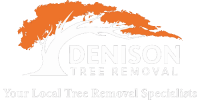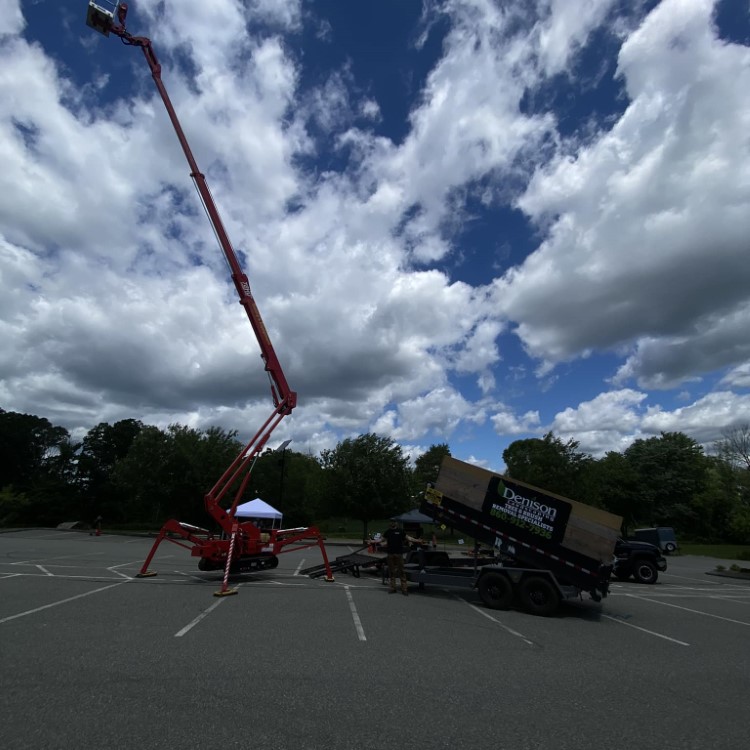Tree trimming is an essential part of tree care, ensuring that trees remain healthy, safe, and aesthetically pleasing throughout the year. Understanding the best practices for trimming trees in different seasons can help homeowners and businesses maintain their landscapes effectively. In Ledyard, CT, and surrounding areas like Preston, Waterford, Stonington, and East Lyme, professional tree trimming services can make a significant difference in the health of local trees.
Key Takeaway: Trimming trees at the right time of year and using proper techniques ensures optimal growth, minimizes disease risks, and enhances safety.
Understanding Seasonal Tree Trimming
Winter Tree Trimming
Winter is one of the best seasons for tree trimming, especially for deciduous trees that have shed their leaves. With the tree in a dormant state, pruning is less stressful, and it promotes vigorous growth in the spring.
Cold temperatures reduce the risk of disease spread since many pests and pathogens are inactive. The absence of foliage also allows for better visibility, making it easier to identify problematic branches and shape the tree effectively.
Another benefit of winter pruning is that it encourages strong branch structure, reducing the likelihood of storm damage. Residents in Preston, CT, and Waterford, CT, can take advantage of professional tree trimming services to prepare their trees for the growing season ahead.
Spring Tree Trimming
Spring is a time of renewal and rapid growth for trees, making it a good season for light trimming and maintenance. However, excessive pruning should be avoided, as it can stress the tree and hinder its ability to develop fully.
During spring, tree care professionals focus on removing dead or damaged branches to promote healthy growth. This is also the time to check for any signs of disease or pests that may have survived the winter months. Trees in Stonington, CT, benefit from expert tree pruning services to encourage optimal health.
For flowering trees, timing is critical. Trees that bloom in early spring should only be pruned after their blossoms fade, while summer-flowering trees can be trimmed earlier to encourage abundant blooms later in the season.
Summer Tree Trimming
Summer pruning is mainly used for maintenance purposes, such as shaping trees and removing hazardous limbs. This is particularly important for trees that grow vigorously, as it helps maintain a balanced structure.
One advantage of summer trimming is that it allows for better visibility of the tree’s overall health. Issues such as deadwood, infestations, or structural weaknesses become more apparent when the tree is in full leaf. Tree health assessments during summer are crucial for maintaining the longevity of trees in North Stonington, CT.
Additionally, summer pruning can help control excessive growth and improve sunlight penetration, benefiting the surrounding landscape. Ensuring that trees are properly shaped can also prevent potential damage during summer storms and high winds.
Fall Tree Trimming
Fall is a transition period when trees prepare for dormancy. While major pruning should be avoided during this season, minor maintenance trimming can be beneficial.
As leaves begin to fall, it becomes easier to identify structurally weak branches. This is the ideal time to remove any dead or hazardous limbs before winter storms arrive. In areas like East Lyme, CT, expert tree removal services may be necessary for trees that pose safety risks.
For trees susceptible to fungal infections, fall pruning should be approached with caution, as open wounds can become an entry point for pathogens. Homeowners are encouraged to seek professional guidance to ensure trees remain healthy.
Answering Common Questions
When is the best time to trim my trees? The best time to trim your trees depends on the species and the desired outcome. In general, winter and early spring are ideal for most tree pruning needs, while summer is good for shaping and maintenance.
Can trimming my trees too often be harmful? Yes, excessive trimming can stress the tree and weaken its structure. It is essential to follow best practices and avoid removing more than 25% of a tree’s canopy at once.
What are the signs that my tree needs pruning? Common signs include dead or broken branches, overgrown limbs interfering with structures, visible disease, or poor tree shape. If you notice any of these, professional tree pruning services can help restore your tree’s health.
Factors Affecting Tree Trimming
Tree Age and Species
Different tree species have unique pruning requirements. Younger trees need structural pruning to establish a strong framework, while mature trees benefit from maintenance pruning to remove deadwood and prevent disease.
Local Climate Conditions
Weather conditions in Connecticut play a significant role in determining the best pruning schedule. Factors like snowfall, storms, and temperature fluctuations influence how trees respond to trimming.
Pest and Disease Management
Trimming at the right time of year helps minimize the risk of infestations and infections. Trees affected by pests such as woodboring beetles may require specialized treatment alongside pruning.
Professional Tree Care Services in Ledyard, CT
Maintaining healthy trees requires expert knowledge and proper techniques. At Denison Tree Removal, we provide professional tree trimming services tailored to the needs of homeowners and businesses in Ledyard, Preston, Waterford, Stonington, and East Lyme, CT.
If you need assistance with tree pruning, removal, or stump removal, our certified arborists are here to help. Contact us today for expert tree care solutions that enhance the safety and beauty of your landscape.
For more information, visit our gallery to see our work, or contact us to schedule a consultation.

